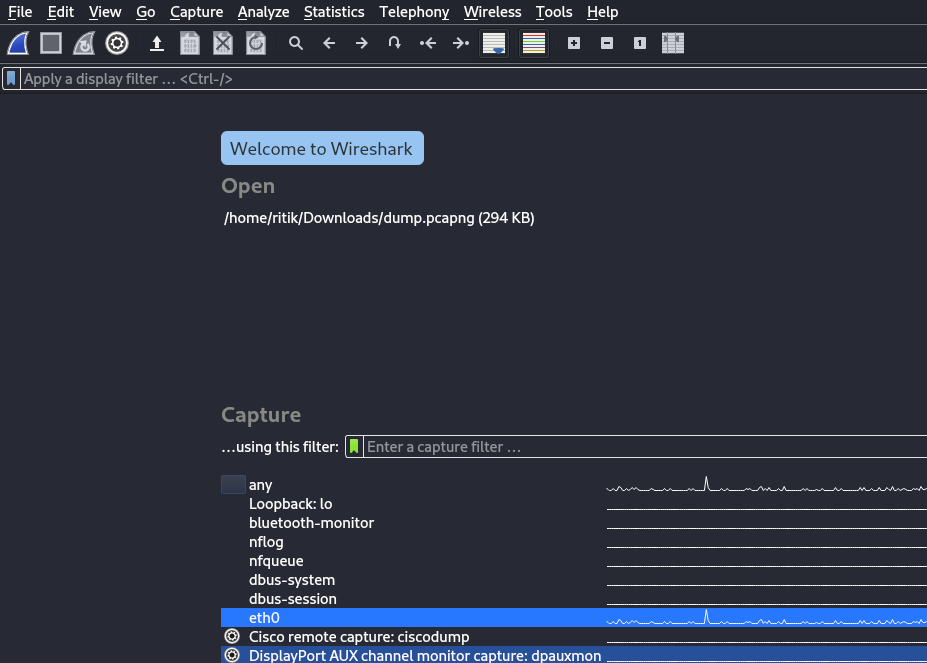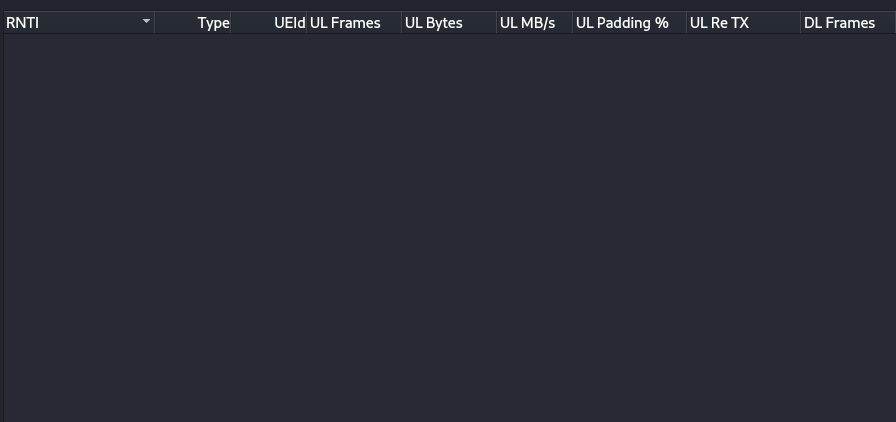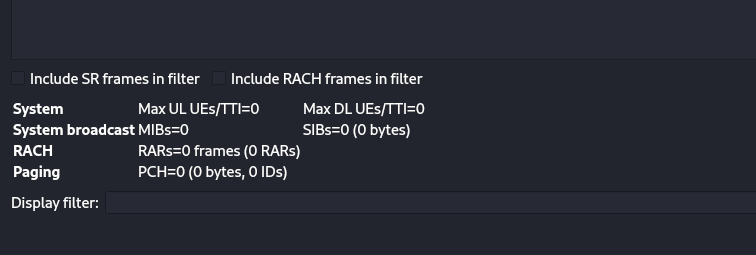LTE stands for “Long Term Evolution”, an upgrade of 3G networks. It offers faster speed, wider coverage range, and greater capacity than that of 3G networks. Lately, some protocols were developed specifically to deal with new challenges posed by LTE networks such as higher data rates or multimedia services delivery through IP multimedia subsystem (IMS).
In fact, LTE offers high data rates, and it is important to learn about the types of LTE data rates. It is possible to have several data rates for each signal depending on the carrier, signal format, uplink and downlink channels, UL/DL coding types, etc.
Types:
There are many specific needs or requirements that need to be fulfilled by a wireless system. For example, in WCDMA systems (3G systems), there requires t be a fairly good quality link between base stations and mobile stations so that they can use the 3G network effectively to send and receive information. Additionally, the quality of the signal is also significant in 3G systems. There are different ways to reduce noise and interference on the wireless links, which means that mobile users can enjoy better services at lower cost.
The data rate is a measure of the amount of information transmitted or received per unit time. Typical data rates include 12, 24, 48 and 64kbit/s for voice communication, 200 Kb/s for high speed transmission (48000 bit/s) and 1000 bit/s for narrowband transmission (64000 bit/s). For example, if a mobile phone user sends an email message with MIME type “text”, then it will be sent out with a rate limit of 64kb/s.
The LTE speed is dependent on the carrier and can vary from 10 Mbps to 150 Mbps, which is much faster than 3G speeds. For example, in Korea and Japan, the maximum download speed in LTE is 150 Mbps (in South Korea), while in China it is as fast as 100 Mbps.(Higher data rates also require more bandwidth between cells (base stations), which cause costs to increase. Because of this reason, AT&T limited its maximum speed to 100Mbps in order to lower costs. The highest rate is 300Mbps; however, it requires a 20MHz channel width.
LTE in Wireshark:
Wireshark is a network analyzer. It can be used to analyze packets, perform packet captures and intercepting packets with filter rules. If we are to see and understand the data flow between devices (e.g., we are an IT person or an engineer who specializes in networks), Wireshark can be used to monitor packets that flow between devices on your network.
In order for Wireshark to recognize LTE, it is necessary for the user to enable the 802.11b/g radio option in Wireshark’s interface settings. Enabling this will enable the Wireshark tool to recognize LTE packets.
When a user listens to a given channel, they can see LTE systems sending packets in the air and discover the different types of signal types that are used by the network provider. This allows them to identify signal types and data rates, as well as other parameters such as latency & channel width that are used in LTE networks and also allow them to compare it to 3G systems.
The user can then analyze and capture traffic that has been sent through the wireless channel on Wireshark, which can be analyzed later. In order to analyze it, the user needs to select a packet frame from the Packet List pane of Wireshark.
Steps to open LTE Telephony:
Step 1: Open Wireshark in Kali Linux or Windows.

Step 2: Go to telephony options from Title bar and then select LTE →Mac Statistics.

Step 3: Drag Down this statistics menu, and then you can see the LTE Configurations in your device.

Disadvantages:
- There is a perception that 4G could cause health issues because of radio waves, but it is not as harmful as claimed by some people.
- However, if this does worry you, then you may want to avoid using LTE for the time being until more studies are conducted on the potential effects of it on humans.
- Furthermore, since LTE can not replace landline internet services in many areas despite its higher speed and wider coverage range than that of 3G networks, users may still need to rely on DSL or cable internet services in remote regions.
Advantages:
- Better coverage range and capacity than 3G network.
- When the user analyzes the data (if they are an IT person or a professional who specializes in networks), they can see packets flowing between Wi-Fi, cellular devices and cellular base stations. This gives them an insight into the data flow between these devices on their wireless infrastructure.
- Quick access to many services including social networks, e-commerce sites, gaming, etc. on mobile phones with wireless data connection owing to faster speeds and wider coverage range than 3G network.




